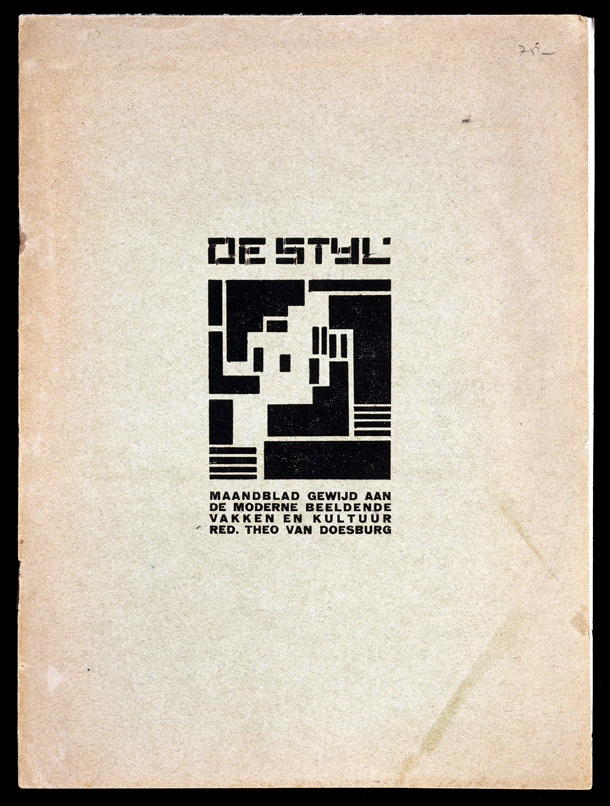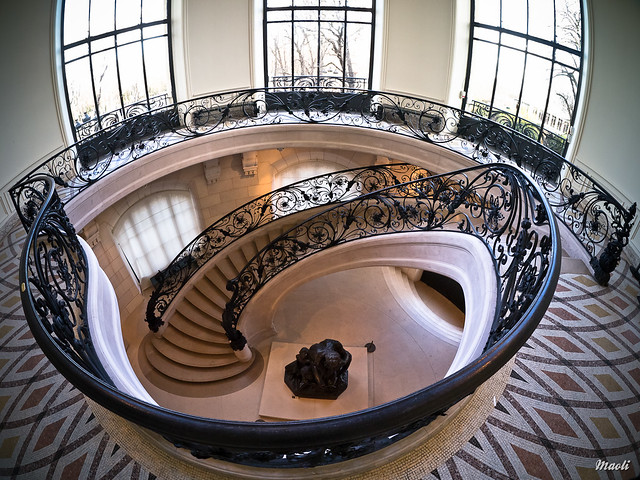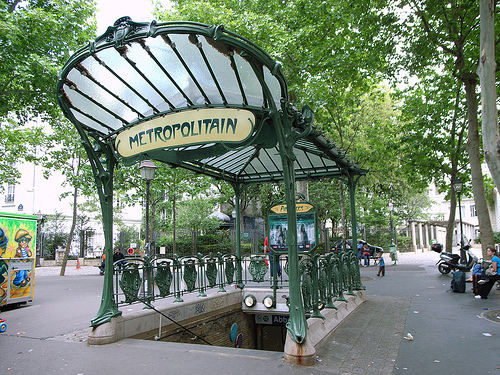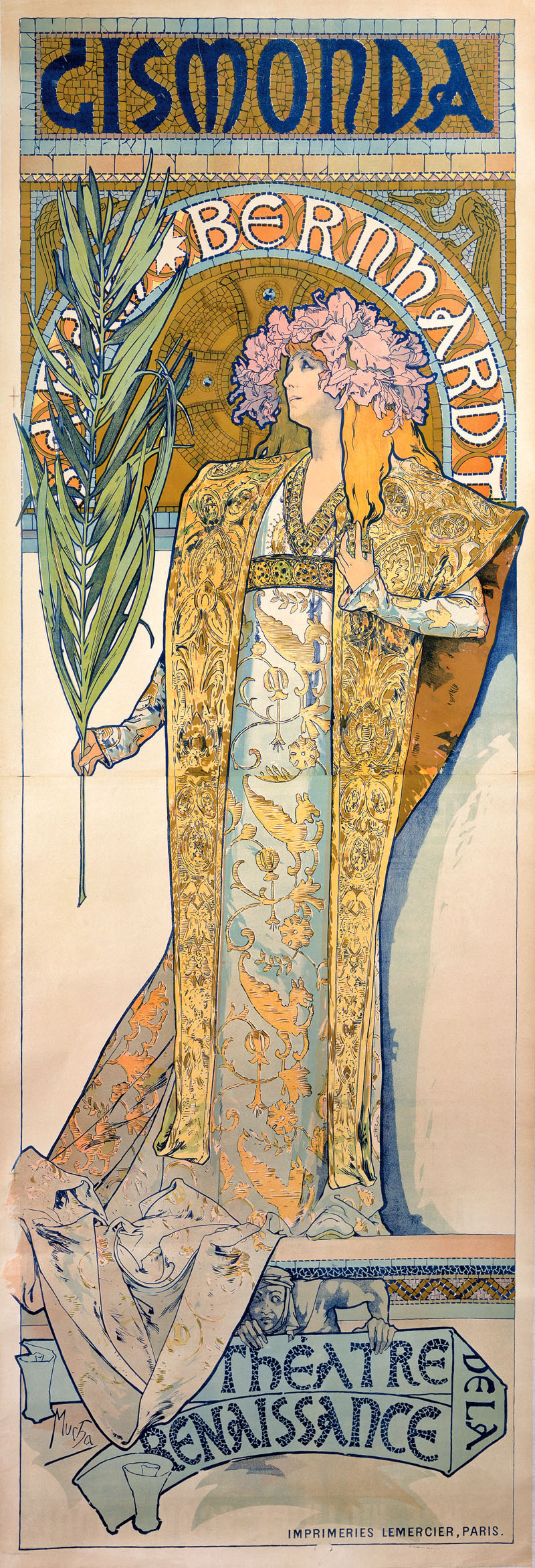The Bauhaus institution saw fit to teach its students artistry and crafts across all fields of art and design in a syllabus which focused and connected these different elements with theory and practice.
The school emphasized a strong understanding of basic design, especially the principles of composition colour theory, and craftsmanship, in a wide array of disciplines and workshops. Because of the Bauhaus belief in the oneness of the artist and the craftsman, this taught students to eliminate the ideas of the individual and instead focus on the productivity of design. A major aspect of the Bauhaus was the tutors which included famous and renowned artists which included the Russian artist "Wassily Kandinky" and "Paul Klee", along with very talented designers' Lazlo Moholy Nagy', 'Josef Albers' and'Herbert Bayer'
 |
| Walter Gropious Syllabus of the Weimar Bauhaus, 1923 |
 | |||
| "Black Relationship". Wassily Kandinsky 1924 Watercolor and ink on paper New York, Museum of Modern Art |
László Moholy-Nagy was the main tutor in regards of graphic design at the Bauhaus. He embraced the modernist ideologies which allowed him to focus on some of the more modern means of expression and creation, especially poster design and typography. He was also influenced by other designers from other artistic movements including 'El Lissitsky' (constructivism), Teo van Doesburg' (De Stijl), 'Hans Arp' and 'Kurt Switters' (Dada). Moholy-Nagy’s similar interest in the concepts of space and time led him to focus on photography. This brought about the theory of' typophoto', the incorporation of typography and photography, which has become a common use of all advertising today

































